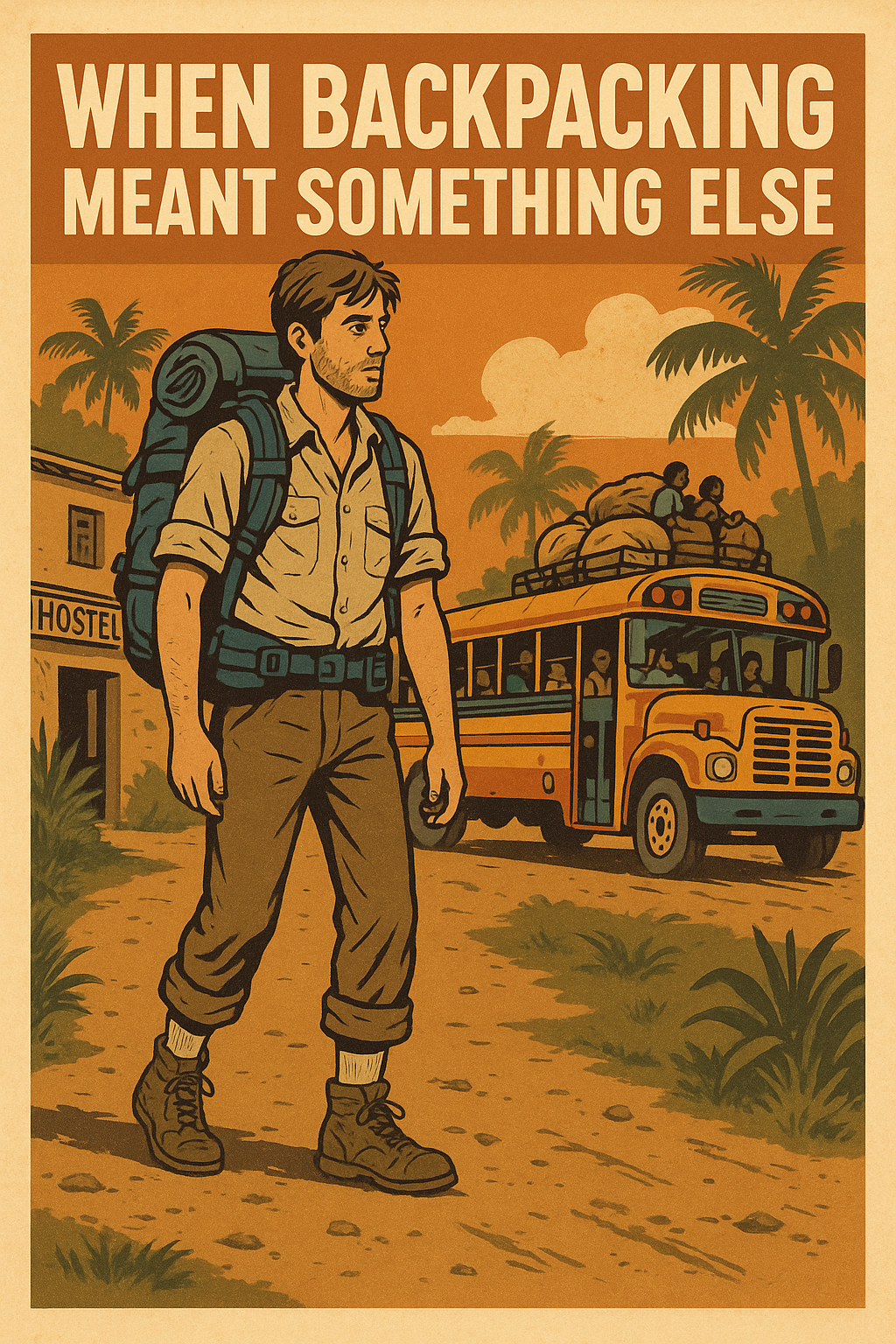The whole culture of travel has shifted. There was a time when backpacking meant hardship by design—damp hostels with cold showers, dodgy night buses, waking up to find your bag rifled through, or getting sick off street food in a tiny town you couldn’t even pronounce. And oddly enough, those exact experiences became badges of honor. You compared scars, almost, when you got home. Someone had lost their passport in Bolivia, another had been stranded at a Nepali border, someone else had “taken the chicken bus” and lived to tell the tale. It was gritty and chaotic, but that was the point—adventure wasn’t polished.
Europe was the safe option, the “basic trip,” like ticking off Paris, Rome, and Amsterdam before returning to a job or grad school. But if you wanted to prove something—to yourself as much as to your peers—you booked a one-way ticket to Guatemala, or Goa, or Ho Chi Minh City. Latin America, India, Southeast Asia… those were the frontiers for the semi-reckless, the curious, the ones who wanted to come back with wild stories instead of postcards.
Now it’s different. Travel has been smoothed out by low-cost airlines, Instagram itineraries, Airbnb “experiences,” and digital nomad visas. The chaos has been ironed flat. People still travel, of course, but it’s curated, optimized, and safe. Hostels are more like boutique hotels, the chicken bus has been replaced by ride-hailing apps, and instead of swapping survival stories, people swap Wi-Fi speed reviews. The thrill of uncertainty has been traded for convenience and comfort.
I can’t decide if that’s progress or a loss. Maybe both. There’s something good about being able to travel without fear, but there was also a kind of raw aliveness in those older, scruffier journeys—the ones where you didn’t know what would happen next, and that was exactly why you went.

Leave a Reply